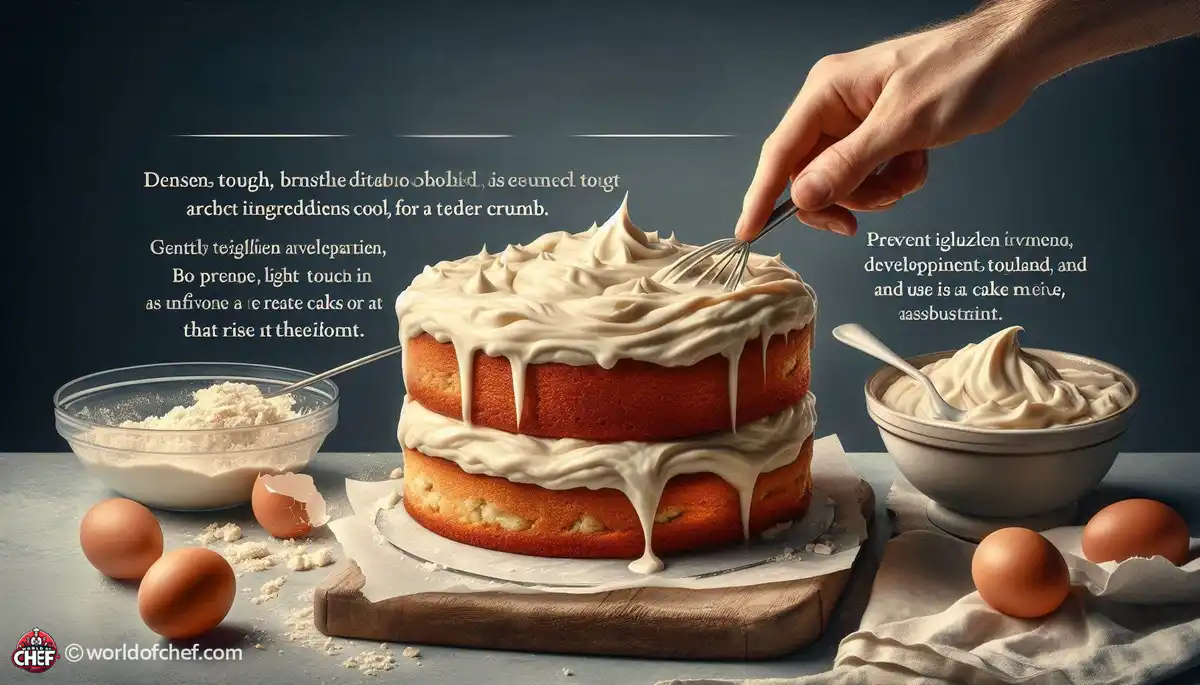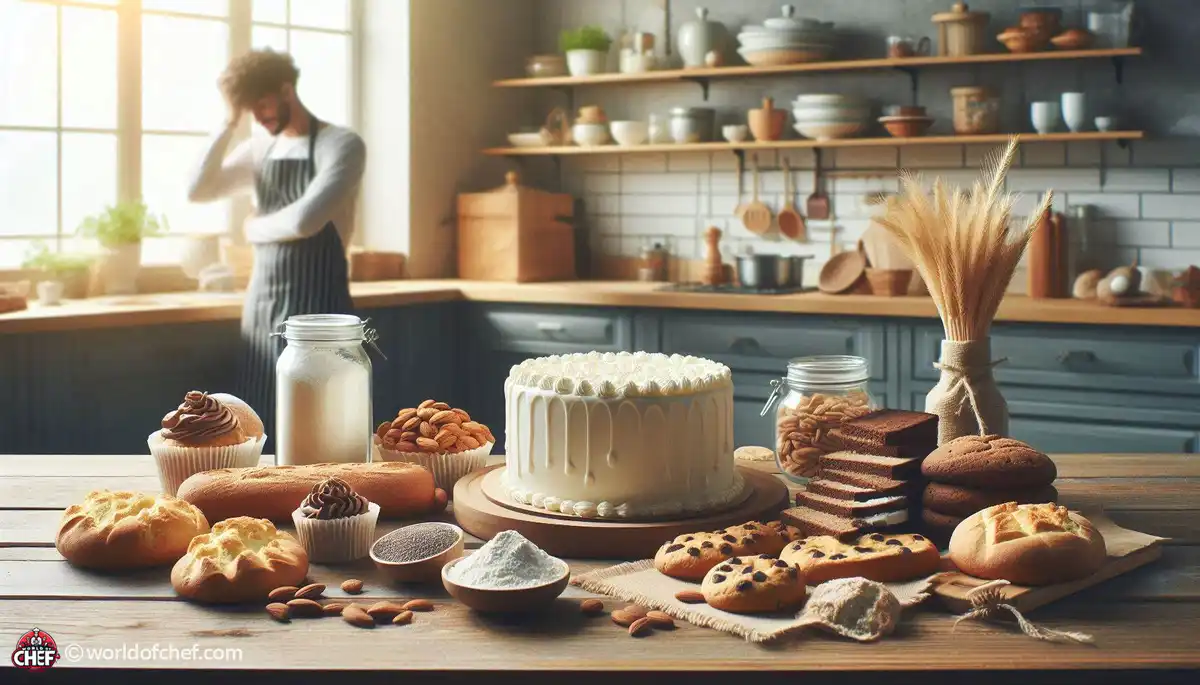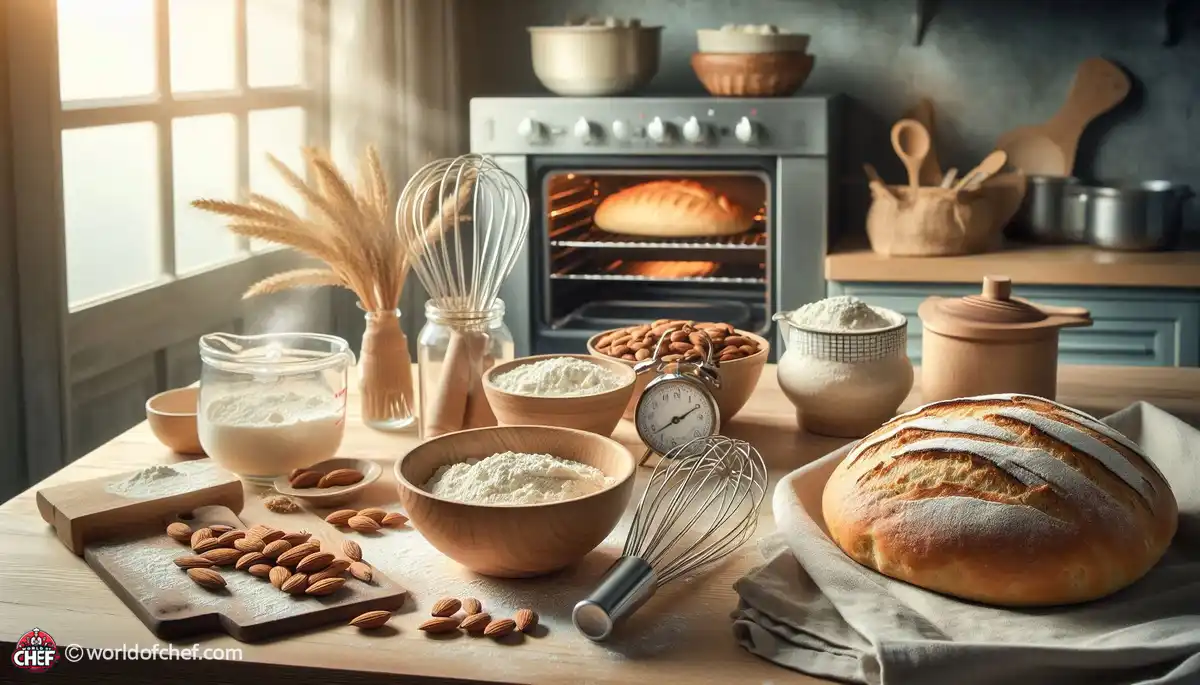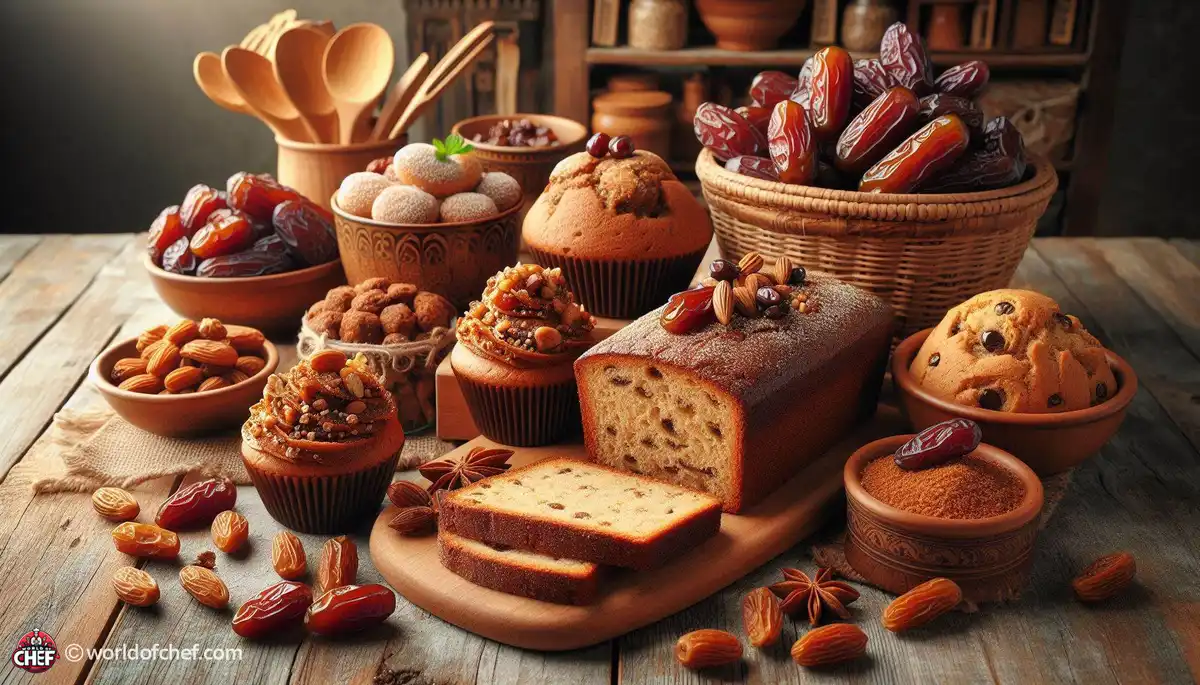
Understanding Oven Hot Spots and How to Bake Around Them
Russell Comeaux - Mar 30, 2025 - 13 min read


Probably the most satisfying thing about making a cake is that in the simplest of ways it forms one of life's basic joys. It is a true pleasure to mix ingredients and watch them transform in an oven into something so great to taste. But if there is one common failing in cake baking, overmixing the batter may be the most common and most devastating.
It's actually the science behind Cake Batter which is the difference between your fluffy masterpiece and dense disappointment. Overmixing would prove to be the detriment to the texture of the cake, making it almost tough and rubbery in the mouth. It has been mainly because of developing gluten. Gluten strands started forming when flour mixed up with liquid and agitated. A little amount is required for structure but much of it makes the cake pretty too dense.
So, what can you do to ensure your cake turns out light and airy? This article will delve into the effects of overmixing cake batter and provide practical tips to prevent it. Whether you're a novice baker or an experienced enthusiast, understanding these concepts will elevate your baking game.
This simple mix of flour, sugar, eggs, fat, and liquid is cake batter. Each of these ingredients contributes toward the final product: Flour will contribute to structure, sugar will add sweetness and browning, eggs contribute to moisture and richness, fat will provide tenderness, and liquid will provide unification.
Any baker's most important role is to understand what each ingredient does. Consider the time when you mix flour and liquid-you start up the process of gluten development, which is needed for structure but has to be done carefully. Too much of a mixture often has too much gluten, so learning how to handle your batter is crucial to that final texture you want in your cake.
Any time you mix flour with any liquid, gluten forms a network of proteins. A moderate amount of gluten helps cake structures when rising to retain their shapes. Unfortunately, overmixing tends to create too much gluten. Subsequently, a tougher textural quality has a chewy or rubbery kind of texture to it and should not be described by those words but instead must be soft, tender, moist.
To prevent the gluten from developing too much, the batter must be just combined. It means stop right away if you can no longer see dry flour or streaks of liquid. The batter will appear lumpy, and that is fine. Remember, some lumps are symptoms of not overworking your batter, so be proud of that rustic look for a better final product.
One of the greatest indicators that you overmix is if the texture seems different. Overmixing often leads to a cake with a density that is drier, not rising very well at all. So instead of a fluffy texture, your cake will most likely come out with bread-like characteristics. It might be disheartening to say the least, especially since you really wanted a light airy crumb in your slice of cake.
Moreover, overmixing the batter will cause the crumb texture to become uneven. You will expect large holes and dense areas in your cake instead of a uniform texture. This will not only affect the way the cake looks but also its mouthfeel as you take each bite, making every bite less desirable. Knowing such signs will make you work on the mixing techniques for next time.
Overmixing will also impact your cake's flavor. A developed gluten content will develop a stronger wheat flavor instead of letting the sweetness along with other flavors you mean to bring out. Even if you're using subtle flavorings such as vanilla and citrus, overmixing will mask these flavors, too.
Handle your batter gently to preserve the integrity of the flavors in your cake. It does not mean you must not mix at all, but you should aim at getting a smooth consistency without overmixing it. Trust your instincts because a little care goes a long way in maintaining the intended taste of your baked goods.
One of the easy ways for avoiding overmixing the batter is making sure of the use of the appropriate tools to prepare the desired cake batter. In order to mix batter or dough easily, many at times nothing beats a good quality rubber spatula and also a spoon made from a wood tool. Many may require neither a mixing spoon nor even an electric mixer for completing the operation with an equal amount of mixing and success. End.
If you are using an electric mixer, start on a low speed and watch your batter closely. Mix just until the ingredients are combined; do not overmix. This should help you to control mixing and avoid overmixing.
Each recipe is developed with a specific method in mind, so following the instructions carefully will help you avoid overmixing. Pay attention to mixing times and techniques specified in the recipe. Often, recipes will indicate whether to mix by hand or with an electric mixer.
If a recipe instructs you to mix just until combined, then take that very seriously. It is all too tempting to continue mixing and developing the gluten for that perfect smooth batter. Instead, trust the process and let a little lumpiness be okay.
Folding is one of the best techniques to avoid overmixing. You mix the batter by lifting, turning it over onto the other, instead of a stir. It means putting air into the mixture. This way, air doesn't get into your recipe too much. So once you are adding the wet ingredients to dry ones in a mixture, you actually use this technique.
Fold with a rubber spatula, working from the bottom of the bowl up, rotating the bowl at the same time to incorporate all parts. This should be enough to mix everything without overworking the batter to leave no dry flour at all. That is all the technique to achieve, which will help improve your cakes' texture.
Mix in small batches of the ingredients, separating dry from wet. It minimizes the possibilities of overmixing dry ingredients since they can be mixed in a different pot than wet ingredients. One may mix them separately to obtain an ideal mixture to create consistency in the end product.
For instance, all the dry ingredients can be mixed together in one bowl while all the wet ingredients mixed together in another. The two mixtures are folded together lightly. This minimizes the mixing time to a certain level, curbs the gluten development to a lesser degree, and thus gives rise to a softer and lighter cake.
Every type of cake should be mixed differently. There are several variations in the same type like a pound cake and a Sponge Cake differ in the texture or structure because of the mix of the batter. Once you know you may adjust your procedure according to the cake type.
For instance, in angel food or chiffon cakes, the development of gluten must be minimized. Pound cakes are denser and often can tolerate more mixing but still appreciate gentle handling to preserve a tender crumb.
In baking gluten-free cakes, you have to play by slightly different rules. Gluten-free flours have a different behavior and maybe an approach to mixing too. Overmixing's not the problem here as there is no gluten that is going to bond together and break, but there's a problem of texture coming out gummy, with some gluten-free mixes.
Mixing gluten-free flours strictly according to the guidelines set in recipes for them can be quite critical. Such recipes normally recommend to mix for a lesser period or use another type of mixing to obtain the desired texture. Observance of these nuances might aid you in baking gorgeous gluten-free cakes without any problem from overmixing.
One common mistake many batters make is ignoring the feel of the batter. Many people want to mix well until it's all mixed up smooth; however, the final result may show overmixing. Maintain an eye on the whole consistency and signs that'll tell you the batter has reached its perfect stage.
Watch for dry spots of flour or pockets of liquid; when you feel everything's incorporated, stop mixing. Trust your instincts. If you get a few lumps, that's going to be okay-there's a good chance this will result in a finer texture in your cake.
The other mistake is incorrect timing when mixing. It's hard to get focused on the process and forget the duration that you have spent there. One way out to this would be by placing a timer or following up with the recommended time given by the recipe. Then you are able to catch up with the time so that you do not end up overmixing your cake and hence ensure correct consistency.
In addition, when unsure of the time needed for mixing, checking your batter time to time will allow you to know. Let stop mixing, peek inside to see if there remain any dry ingredients. From that, you can detect your readiness of batter from becoming overmixed.
When it comes to baking, imperfections are what it needs. Not every cake should be perfect; it happens. The important thing, though, is not to take failures to heart; learn from them and find the fun in it all. If your cake feels a little denser compared to what you want to achieve, that's where the experimentation begins, using each bake as an avenue for improvement.
There will always be a mistake done by every baker in the kitchen. Knowing when to realize you are overmixing and adjusting your methods helps in your development as a baker. Acknowledge the success and let failures pave your way to better baking.
Baking is a journey, and every cake is an experience. Knowing the subtleties of mixing and the science behind your ingredients will empower you to make delicious treats with confidence. Whether you are baking for a special occasion or just indulging in a sweet treat, remember that every cake is a celebration of flavors and creativity.
The next time you walk into the kitchen, keep these tips in mind. With a little care and attention, you'll be well on your way to baking the perfect cake, avoiding overmixing pitfalls, and pleasing friends and family with delicious creations. Happy baking!

Russell Comeaux - Mar 30, 2025 - 13 min read

Alexis Larose - Mar 25, 2025 - 15 min read

Hailey Morrill - Mar 21, 2025 - 18 min read

Bobby McKelvey - Mar 18, 2025 - 12 min read